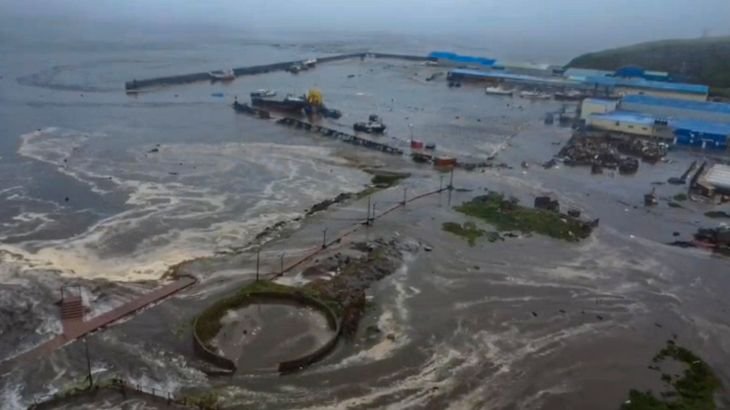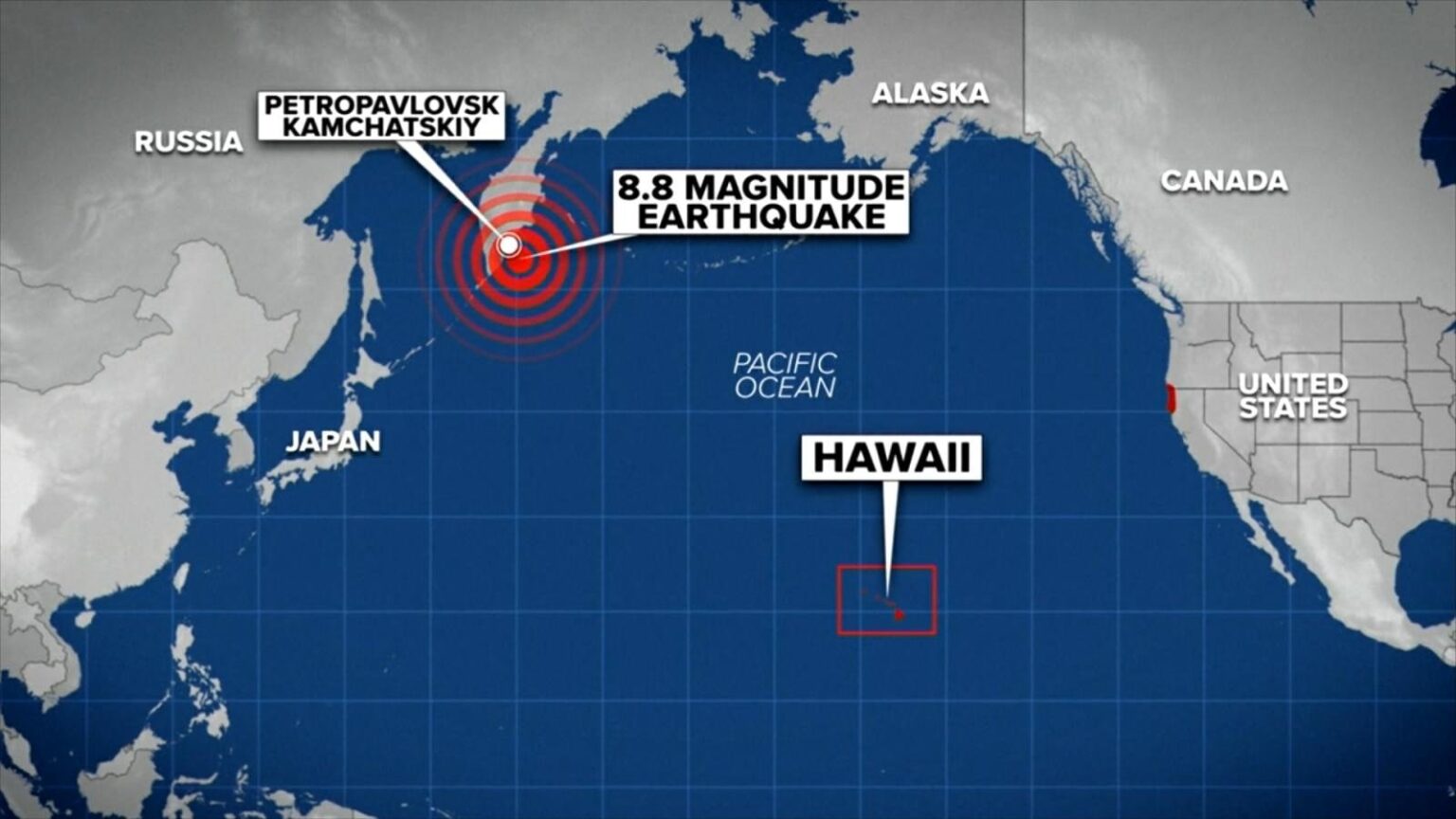A powerful magnitude-8.8 earthquake off Russia’s far east coast sparked tsunami warnings across the Pacific, but alerts have been downgraded in several countries after the worst appears to have been avoided.
The quake, one of the strongest ever recorded, triggered tsunami warnings and evacuations in countries across the Pacific, but Chile, Ecuador, and parts of South America have since reduced their alerts to a “state of caution” or cancelled them altogether.
In Chile, authorities advised people to move inland, avoid maritime activities, and listen to local authorities, but no mass evacuations were necessary.
Ecuador and Colombia also cancelled their tsunami warnings, advising coastal communities to follow local authorities’ advice as some areas could experience small tidal fluctuations.

In French Polynesia, the Marquesas Islands were initially placed under a tsunami warning, but it was later lifted after waves arrived smaller than expected.
The High Commission of the Republic in French Polynesia said the waves reached 1.5 meters high, down from a forecast of up to 4 meters, but residents were advised to remain cautious.
A Russian geological monitoring service reported that the Klyuchevskoy volcano on Russia’s Kamchatka Peninsula began erupting after the quake, with a hot lava flow observed on the volcano’s western slope.
Experts warn that aftershocks are likely following the massive earthquake, with at least 10 aftershocks above magnitude-5 already recorded.
The Pacific Tsunami Warning Center cautioned that the risk of dangerous waves or swells could last for hours in some areas of the Pacific.
Residents in affected areas are advised to remain vigilant and follow local authorities’ instructions.

